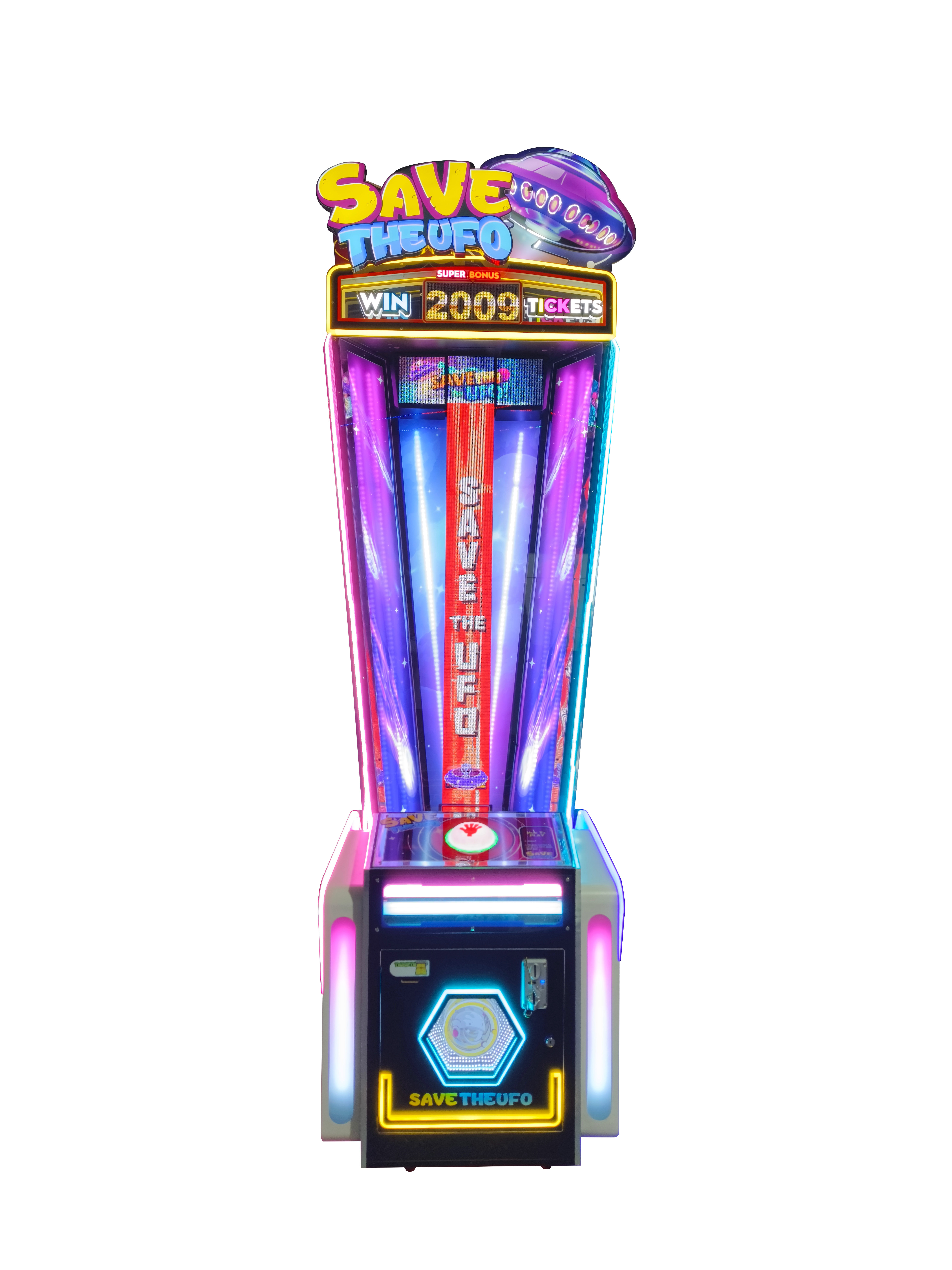The worldwide capsule toy vending market has quickly evolved in recent years. Japan accounts for the largest share of this global market, with about $1.7 billion in 2020, according to statistics on capsule toy sales revenues. There is an even bigger prize in China, with 80,000 capsule toy machines throughout the country by 2023, earning more than ¥2 billion (about $300 million) in revenue collectively. The global capsule toy market is currently estimated to be more than $2 billion, and the overall market value of this business model is expected to grow at a CAGR (Compound Annual Growth Rate) of around 10% and reach almost $3 billion by 2025. This growth will be primarily driven by the interest of young consumers, as well as by new technological advancements in areas like mobile payments and interactivity.
Table of Contents
ToggleThe Rise of the Capsule Toy Market
Based on data from the Japan Capsule Toy Industry Association (JCTA), over 3 billion capsule toys are sold every year in Japan, making it by far the world’s largest market, with an annual revenue exceeding $1.8 billion. Conversely, the global market was just $1 billion in 2015 and had grown nearly 80% over half a decade. While adult collectors show great interest in collecting limited-edition series, capsule toys geared towards children have also helped spur some growth.
Capsule toy vending machines are also gaining popularity, not only in Japan but across the United States as well. In 2021, the U.S. capsule toy market generated more than $250 million in revenue industry-wide, according to Statista, and is projected to grow even further over the next few years, with an estimated value of more than $400 million by 2025. In the United States, capsule toy vending machines are usually located in shopping malls, movie theaters, and large supermarkets; some leading toy companies produce their own limited line of specialty toys for these machines, making them rare collectibles.

Global Expansion and Demand for Capsule Toys
China has seen a particularly remarkable rise in the capsule toy market. Data from the China Capsule Toy Association shows that as of 2023, there were more than 80,000 capsule toy machines registered across the country—a number more than double its holdings in 2018. Still commonly seen in brick-and-mortar shopping malls and amusement parks, vending machines have also steadily cropped up across university campuses, subway stations, and office buildings over the years, racking up 300 million transactions per year, with aggregate sales totaling more than ¥2 billion (about $300 million). With younger buyers searching for new items, more companies are installing capsule vending machines in well-traveled locations to boost sales.
The European market has also seen strong growth for capsule toys. Germany and the UK are the two largest consumers in the European market. The German market was worth €120 million in revenue for capsule toys during 2022, versus €80 million for the UK. Most of the capsule toy machines are rooted in strong local culture and markets, making it possible to serve even more customized products, such as European versions of classic anime or locally famous movie IPs. Additionally, some high-end commercial streets have launched premium versions of capsule toys, selling at dozens of euros per toy in the vending machines to encourage extravagant shopping.
Factors Driving Market Growth
The proliferation of collecting culture is one major dynamic behind the scale-up in the capsule toy market. As the Global Collectibles Market Report reveals, by 2023, there were over $37 billion worth of collectible assets in circulation worldwide, and capsule toys are starting to gain their share. Capsule toys are extremely scarce, and many collectors post them on social media and exchange them through online platforms. For instance, on the second-hand platform eBay, some of these limited-edition capsule toys can be valued at ten times their original price, particularly those belonging to popular IP Limited Edition series.
Capsule toys tend to be inexpensive, which also adds to their broad appeal. The global market price trend of capsule toys is about $1 to $5, allowing buyers to get the pleasure of rare and infrequent acquisitions at a relatively low cost. The difference in size and the lower price of capsule toys have made them more popular than traditional toys. Capsule toys are small toys in rubber shells, and when it comes to teenagers, this product, with its random nature and price advantage, is more likely than any other similar products to see repeat purchases. Most teenage customers buy 1 to 3 capsule toys per week.

Technological Innovations in Capsule Toy Vending Machines
The development of technology has accelerated the mass production and globalization of the capsule toy industry. Nowadays, an increasing number of smart payment methods, such as QR code payments and mobile payments, are commonly used in capsule toy vending machines. In 2022, it was reported that mobile payments would account for about half of the capsule toy machine placements globally, with the figure expected to exceed 65% by 2025. Many new installations are also equipped with QR code payment in countries such as China and Japan, where mobile payments have a high penetration rate.
Some of the more advanced (and by advanced, I mostly mean expensive) capsule toy machines have featured digital displays and even interactive features. Recently, a Japanese company, BANDAI, released an AR capsule toy machine that can preview possible toy models by scanning the QR code on the case with a phone before drawing in AR mode. This set of hardware and software innovations has quickly gained popularity, particularly among young consumers. Especially in experience halls or mall areas, exposure to such equipment provides users with a whole new shopping experience.








